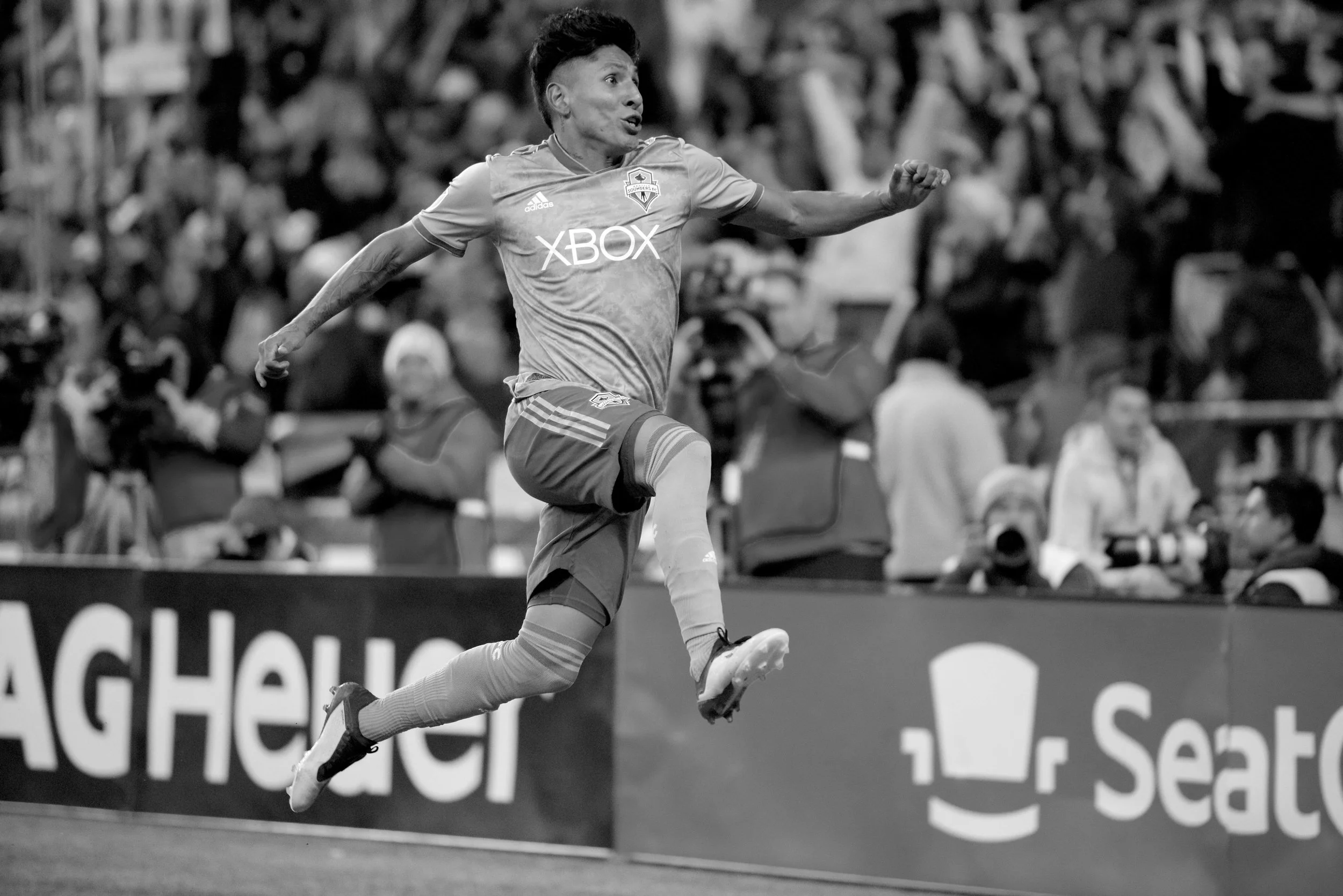The Path to Becoming an Elite Soccer Player
When you have big goals, it’s only natural to envision a specific path towards achieving them. For many high-level athletes, this path tends to be highly idealized. Maybe it’s the same path of their favorite player. Maybe it’s the path they’ve seen in the movies or the media.
Either way, the athlete grows up under the impression that there is only one path to achieving their long-term goal. It’s the path of a winner, a.k.a. the “right” path. And with their confidence, they have all the reason to believe their life will go as planned.
Until it doesn’t.
It’s at this point when an athlete experiences the downside of envisioning such a specific path to success. When adversity strikes, they feel like they are now on the “wrong” path, not the one to their long-term goal.
Of course, this isn’t true at all, and figuring this out early on – and developing the mental resiliency to overcome this setback – can have a pivotal effect on an athlete’s path to becoming a truly elite athlete…and elite person.
There is No One Path to Success in Soccer
As mentors of many youth soccer athletes, we meet a lot of kids who feel they’re not where they are “supposed to be” in their soccer journeys. Maybe they were cut, or they were passed over for the top club’s academy team. Maybe they expected they would be playing in a certain league at their age, or that they’d be a member of the U.S. Youth National Team.
Frustrated and disappointed that their path doesn’t look like they envisioned, they are directionless and have no idea what’s going to happen to them next. How can they get to their long-term goal if they are already derailed from the path?
In reality, their long-term goal is still well within reach, and there’s myriad ways to get there. Until you’ve experienced adversity on your journey, it’s impossible to even consider the possibility that their journey will be different than what they envisioned.
Everyone’s Path is Different
As an adult, you have learned to improvise – even for the little things. Traffic is backed up on the road you usually take to work? That’s fine, take another one. The pharmacy is out of your medication when you need a refill? That’s fine, you call around and find another pharmacy that has it and get the prescription transferred.
But, when you’re younger and encountering obstacles in your path for the first time, it takes falling down to learn that there aren’t obstacles in your path, the obstacles are part of your path. And just because you have to go a different way than you anticipated doesn’t mean you can’t achieve your ultimate goal(s).
Speaking personally, our soccer journeys were never straightforward paths – and the same was true for most of our former teammates. Everyone came from different paths, playing from all sorts of leagues at different age groups all over the world. Looking back, it’s clear that what seemed like setbacks were really just twists and turns that helped each of us to achieve our long-term goals.
For example, young athletes often envision themselves going pro or playing for a top Division I school right after high school. But with soccer – where the mental game is the main determining factor in how far you go – this isn’t the only path. Patrick Agyemang is currently in the midst of a breakout with Charlotte FC and just got his first caps with the USMNT, but his path was far more typical of pros than most youth players think. He never played for an MLS academy, and thus didn’t immediately get recruited by a Division I school.
Instead, Patrick played for a Division III school for two years and did fantastically well. He then transferred to a DI program for his last two seasons of college ball – and did well enough to catch the eye of MLS scouts. He got drafted to Charlotte FC, spent a season bouncing between Charlotte’s MLS Next Pro team and their first team before locking up a spot on the first team in 2024.
During all those years of not getting options he clearly deserved, he didn’t quit nor did he lose sight of his long-term goal. On top of that, the mental resiliency he built up getting past those obstacles will serve him well for years to come.
How to Get Back on Track
So, with all these twists and turns, how do you stay on track towards your long-term goal?
The key is to focus on what’s in front of you, regardless of how “wrong” it may seem. If you put 100% of your effort into the task at hand and continue to improve along the way, you are moving closer to your long-term goal. Why? Because you are exhibiting the qualities of someone who deserves to reach them.
This can only happen if you embrace the uniqueness of your journey, rather than viewing unconventional moments as “failures” you should be ashamed of. How can you perform under this mindset? High-level players show their skills wherever they are and judge themselves by their performance, not the name of their club or the league they’re in.
At Beyond Goals Mentoring, we know how disheartening it can be when your soccer journey doesn’t go as planned. That’s why we’re proud to provide young athletes with the mental tools to stay focused and confident in the face of adversity. So, if your young athlete is struggling with a recent setback, let’s set up a mentoring session and develop a plan for getting their focus and motivation on track.

